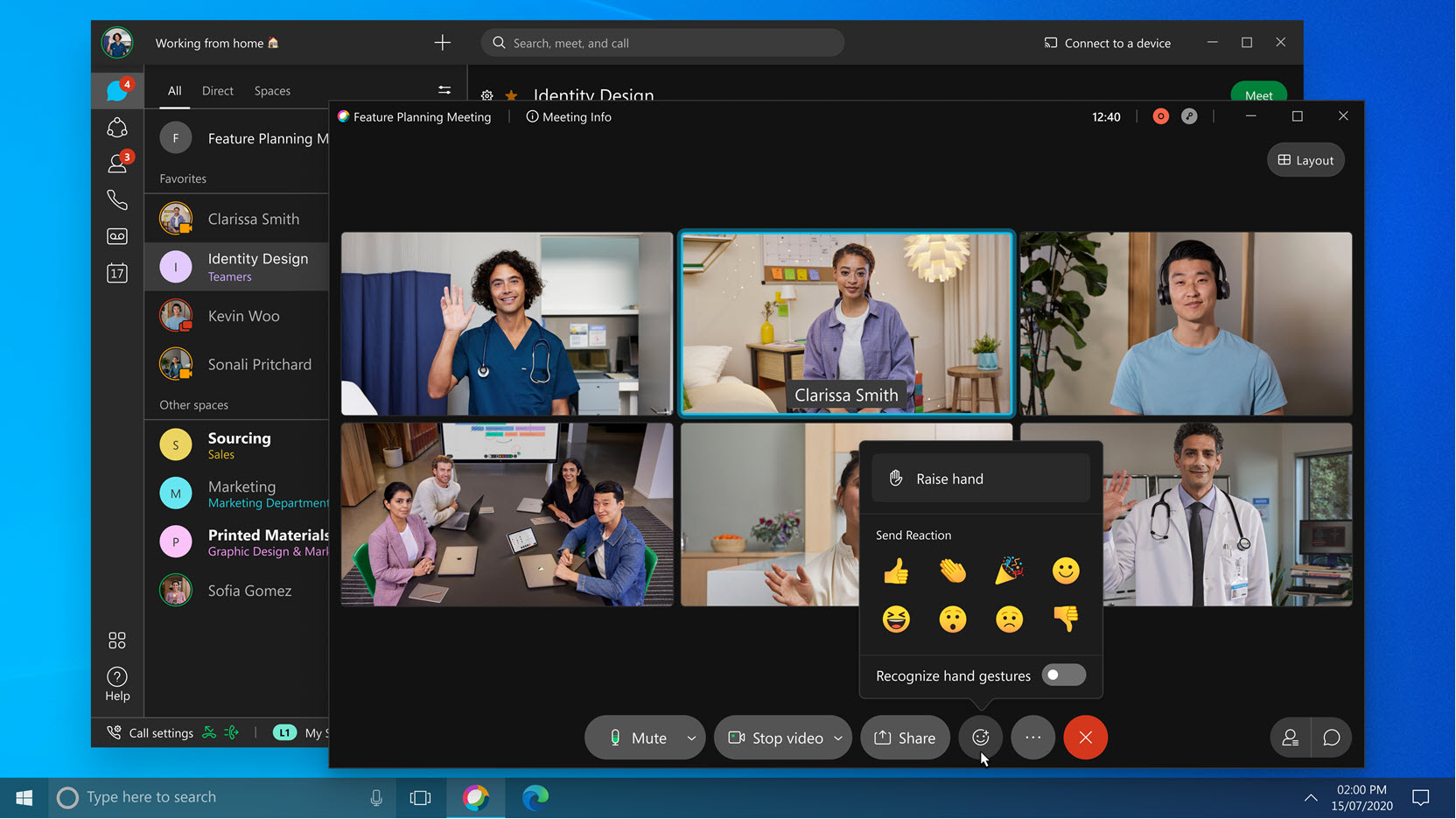

Click the Run button near the bottom.īeneath the Run button, the website should display the result of the API call. You should see a "Try It" button at the top-right of the webpage and a hidden "Bearer" token under the Header section. Go to and log in with your Webex Account again (if needed) Go to and log in with your Cisco Webex account.įill out all the necessary fields, then collect and copy the Bot Token that is generated and save for later. Then using the API Docs, you want to find the endpoint for gathering information about yourself in Webex to retrieve your unique user ID from the API. First, you'll need to create a new Webex Bot and retrieve the unique token for this. We need two pieces of information from the Webex API in order to get this up and running within Home Assistant.

Working with the Webex API and getting a Webex Bot Token For example when I'm in a meeting or a phone call: Home Assistant can silence any Text to Speech announcements, pause music playing on Spotify or other media players, and even turn on an indicator light that I'm busy.įortunately,Cisco has provided an easy to use extensive REST API for accessing information from Webex and with Home Assistant's Command Line sensor, it makes this super simple to implement. If Home Assistant can use my actual Webex status as a sensor, it opens up powerful automations surrounding the average work from home day. For my workplace we use Cisco's Webex (formally known as Webex Teams, formally known as Cisco Spark) for all of our collaboration. I've been looking to find ways to let Home Assistant be my " Work from Home Assistant" during the business hours. If you have been working from home like me since the start of March 2020, you have come to rely on tools like Webex Teams, Microsoft Teams, Slack and other channel style collaboration tools to keep in touch with your team and keep projects and tasks moving.


 0 kommentar(er)
0 kommentar(er)
